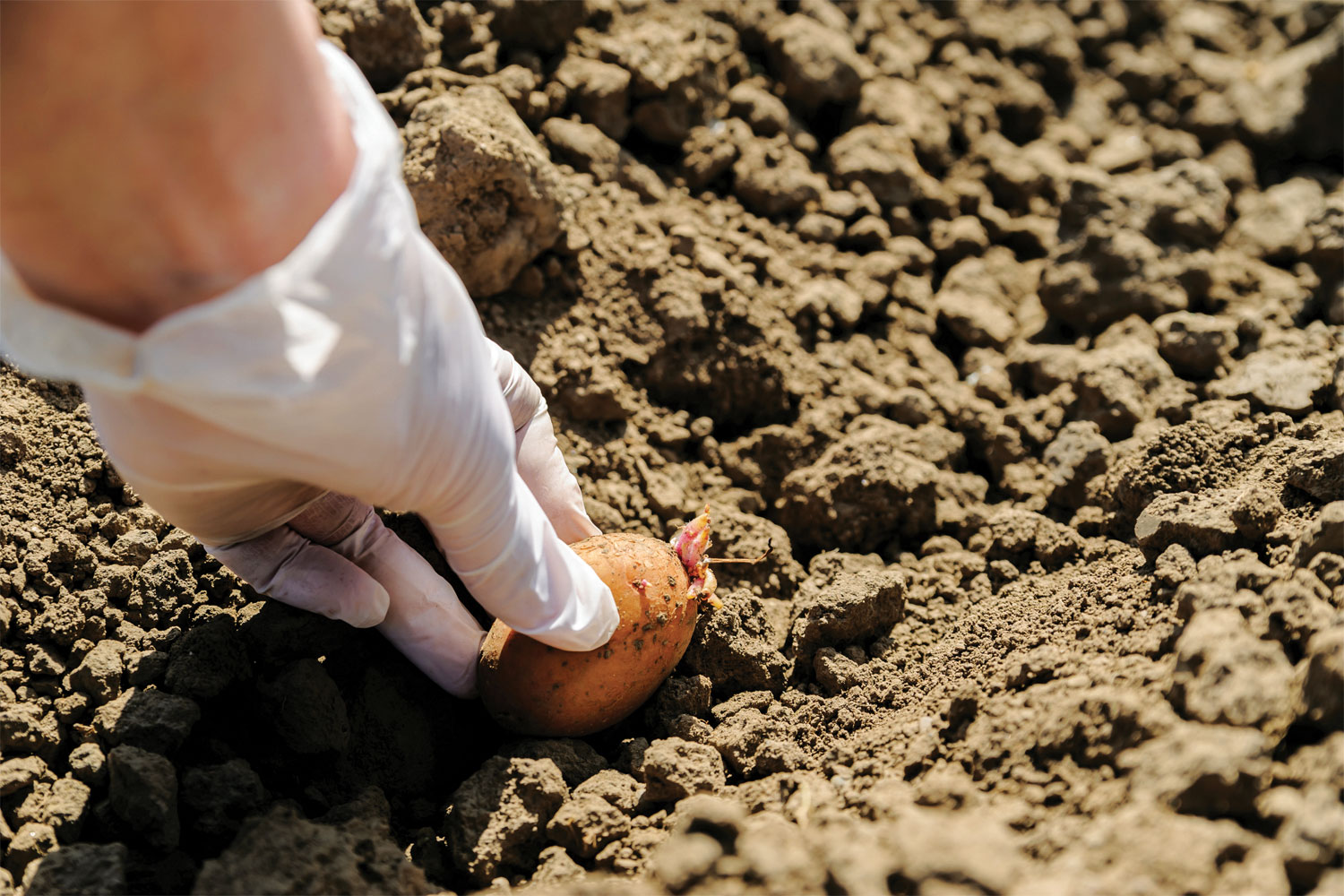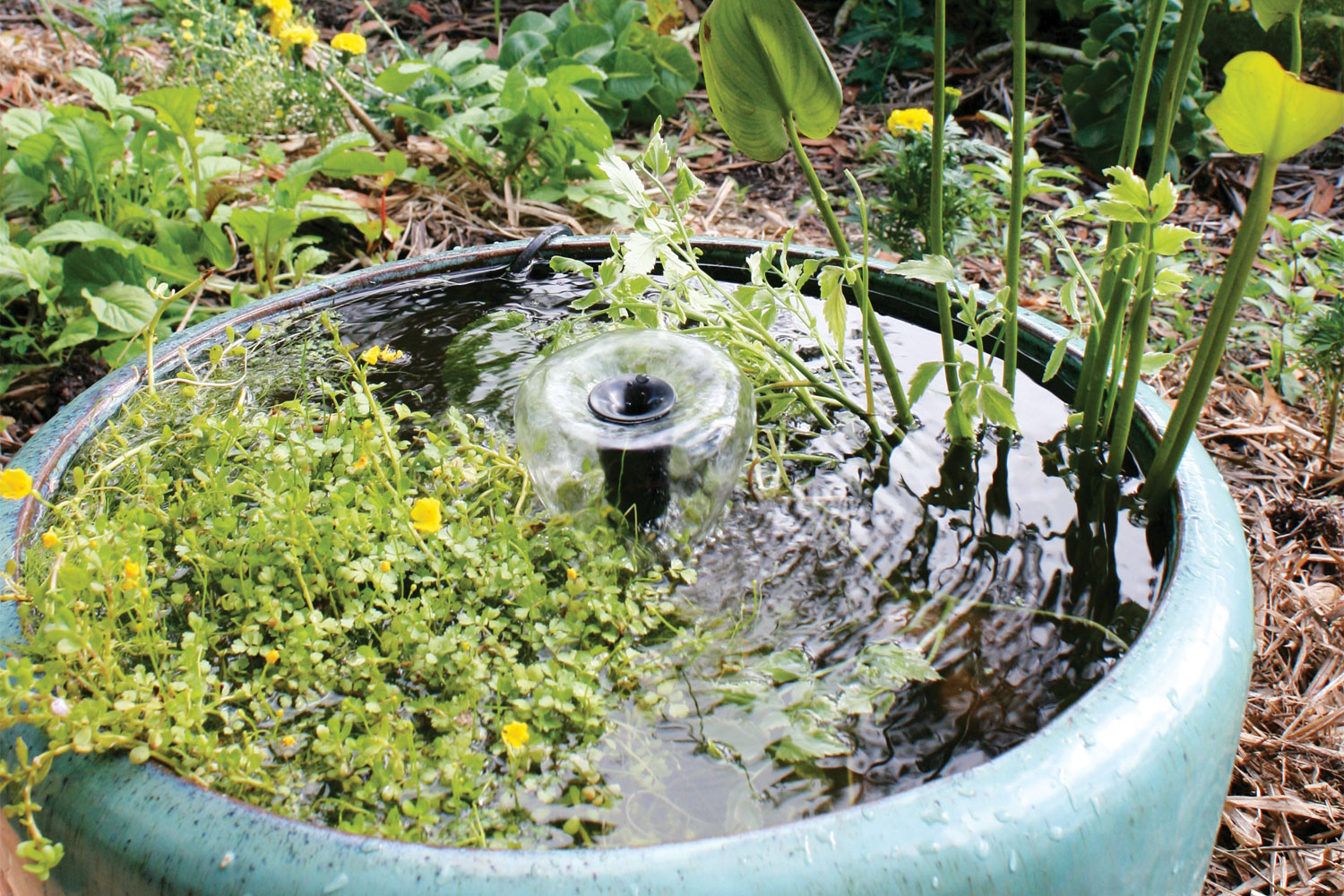August is a changeable time of the year. In some areas, spring has already sprung. In other regions it can be the coldest part of winter, but cold spells are interrupted by bursts of warm, spring-like weather
Cool & Temperate
Veggies
It’s important to know whether you’re gardening in a warm temperate or cold temperate part of the country as planting times vary considerably in August. Where late winter is warm and frost-free (warm temperate and coastal zones), it’s safe to plant out summer vegies, but where the weather remains unpredictable and nights are cold or still frosty (cold temperate southern regions), delay planting until conditions warm. Herbs and vegetables to hold off planting out in cold areas include basil, beans, tomatoes, eggplants, cucumbers, capsicums, pumpkins and zucchini.
To get a head start with these vegies in areas with short summer seasons, sow seeds in seed trays, punnets or small individual pots and keep the seedlings in a warm, well-lit spot such as a glass-house or cold frame. Pot on as they develop. Seeds and seedlings that don’t mind August’s changeable weather include snow peas, lettuce, spring onions, silverbeet and herbs. Broad beans can go in, too, in cool temperate areas only. In all areas it’s a great time to plant potatoes. Use virus-free seed potatoes in well-drained soil.
Fruit
It’s all eyes on citrus this month. Care now assures good flowering, fruiting and growth over the months ahead. Water thoroughly before applying a citrus fertiliser or pelletised organic chicken manure. Treat the new growth with a spray oil to protect against leaf miner (curly leaf), a larva that feeds by tunneling through citrus leaves (particularly lemon). Continue to keep the area under citrus trees free of weeds and grasses, which compete for nutrients and water. Cover the soil with a layer of mulch once the grasses and weeds have been cleared.
Apply winter sprays to protect deciduous fruit trees from disease. Use organic formulations based on lime or copper to control leaf curl on peaches and nectarines and other stone-fruit diseases, including brown rot. Act before deciduous trees get their leaves back. There’s just time to plant bare-rooted trees, shrubs and vines before they begin to regrow. Stake new plantings to protect from wind rock, which can cause root disturbance and slow establishment.
Compost & Soil
The late winter month of August is spring preparation and clean-up time. Dig in green manure crops that were planted to grow through winter. Also use mature compost to dig through garden beds in preparation for planting spring crops. Dig in the material well and allow it to break down before planting new crops. Clean up around vegie beds and fruit trees. Remove weeds, discarded leaves and old fruit to reduce future pests and disease — letting the chooks forage is an easy way to do a clean-up. This clean-up should reduce pests later in the year as many can overwinter in soil and debris. Winter rain brings out an army of snails and slugs. These tend to find hiding spots in wooden edging, under pot rims, among stones or in hollows in retaining walls to wait out the dry times. They may also be lurking in the bases of woody plants and perennials. After rain, particularly in the evening, snails and slugs are on the move looking for new seedlings and fresh shoots to eat. Control them with a safe iron-based bait.
Tropical
Veggies
Keep water flowing to leafy green crops such as lettuce and herbs. Water stress slows growth and can lead to bolting. Shade vegetables that are repeatedly drying out. There’s still time to plant a crop of potatoes to harvest before the wet season returns. Plant the tubers (sold as seed potatoes) into well-drained soil and gradually cover shoots as they appear to encourage lots of spuds to form. Potatoes respond to regular watering by producing larger tubers, so water crops well as they grow.
Keep planting spring onions, peas (both dwarf and climbing), radish, silverbeet, sweet corn, tomatoes and zucchini. In tropical zones it’s also safe to plant eggplant and rosella now.
In all areas add colour with a crop of sunflowers. These tall, fast-growing annuals can be used to shade heat-sensitive vegetables such as lettuce and silverbeet.
Fruit
Cape gooseberries self seed once planted in the garden, but if you don’t have them, August is a great time to plant seeds or small plants. The papery covering over the fruit helps protect it from pests. Other fruit to grow from seed include tree tomatoes, melons and rosellas. Liquid-feed strawberries and tuck mulch under the ripening fruit to reduce fungal diseases. Check grafted plants, such as citrus and passionfruit, for suckers, which appear from the understock below the graft. Remove suckers to keep the productive part healthy. Rub off young, soft shoots or prune larger shoots flush with the stem.
Feed citrus with an organic citrus food at the recommended rates. For potted plants, apply smaller amounts monthly. Deeply water trees that are flowering and fruiting. Start checking for fruit fly using traps and baits.
Compost & Soil
Dig in green manure crops that have been growing through the dry season. Turn them into the soil before they flower and seed. Use a sharp spade to break up larger material. Chop up excess matter for the compost. Hoe soils where weeds are appearing, then cover bare soil with a light organic mulch to prevent more seeds germinating. Grow sweet potato, zucchini or nasturtium as a leafy, living mulch over soils. Prepare for the wet season by making raised beds that drain better over summer but need extra watering when it’s dry. They are made by digging extra organic matter into the soil to create more depth or by building them up to be higher with timber (use termite-resistant wood) or metal edging. For a quick raised bed, use bales of straw as an edging. Fill with an organic garden mix or use weed-free garden soil mixed with compost and aged manure.
Written by Jennifer Stackhouse
Originally in Good Organic Gardening Volume 8 Issue 2





